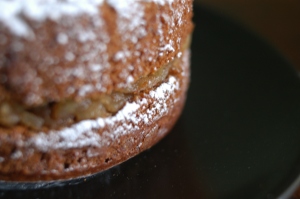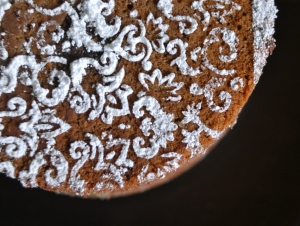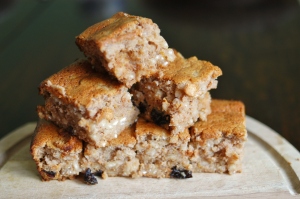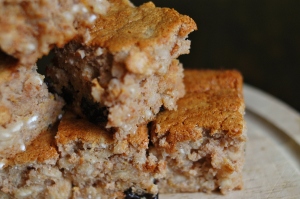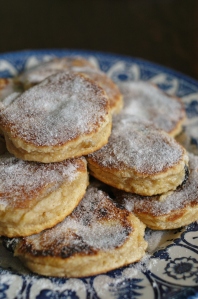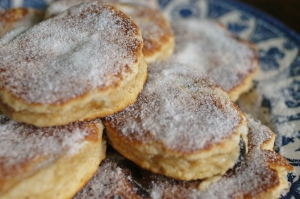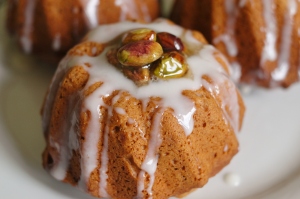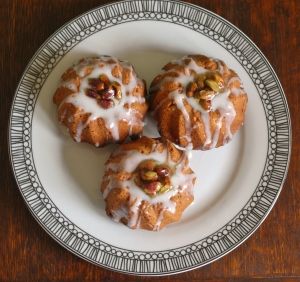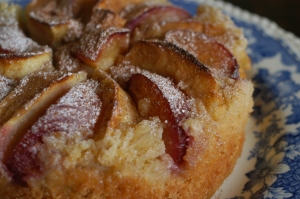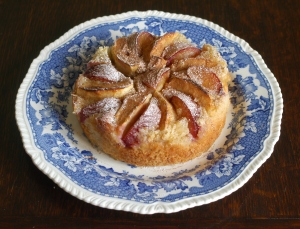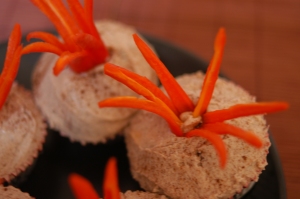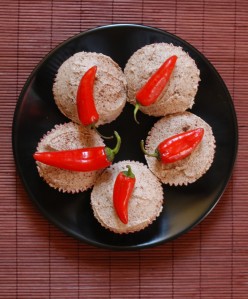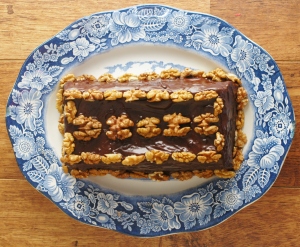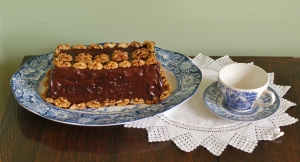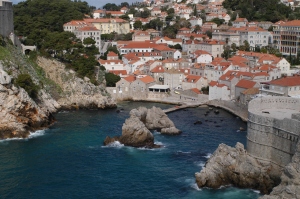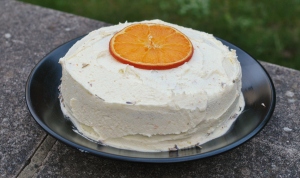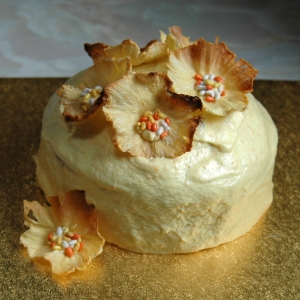 Even on publishing this, I’m still unsure about the correct category to place this recipe in, namely Europe or Asia. Straddling the two continents, there seems to be disagreements about where best to place this country. I am going with Europe as (a) Max says so, and (b) apparently it is said to have the most in common with Europe.
Even on publishing this, I’m still unsure about the correct category to place this recipe in, namely Europe or Asia. Straddling the two continents, there seems to be disagreements about where best to place this country. I am going with Europe as (a) Max says so, and (b) apparently it is said to have the most in common with Europe.
This cake is apparently very popular in America, where many Armenian people have emigrated to, (and formed bands – during my research I discovered that System of a Down are originally from Armenia) and is sold in many places on the West Coast. However, whilst I have found many, many recipes for Armenian Nutmeg Cake (seriously, type it into google!), I cannot find many traces of it in traditional Armenian cuisine. The question stands then – is this truly Armenian? Answers on a postcard please. What I can tell you though, is that this is delicious.
Nutmeg Cake
Ingredients:
- 15oz/450g plain flour
- 1 1/2 tsp nutmeg
- 2 tsp baking powder
- 1 tsp ground cinnamon
- 3/4 tsp baking soda
- 1/ tsp salt
- 6oz/165g butter
- 12oz/350g light brown sugar
- 360ml sour cream
- 240ml milk
- 2 eggs
- 5oz chopped walnuts
Apple Filling:
- 3 eating apples
- 2 tsp cinnamon
- 4 tbsp water
Instructions:
Preheat the oven to 350°F/180°C/Gas mark 4, and grease a loaf tin.
Using a food processor, briefly mix the flour, nutmeg, baking powder, cinnamon, baking soda and salt. Add the butter and pulse until the mixture resembles coarse breadcrumbs. Mix in the brown sugar, sour cream, milk and eggs. Transfer the mixture to a bowl and fold in the chopped walnuts before scraping into the pan. Bake for 45-50 minutes until an inserted skewer comes out clean. Leave the cake to cool in the pan.
To make the apple filling, heat all the ingredients in a small pan until the apples are soft and the liquid has evaporated, adding extra water if needed to ensure a softened filling. Use a long-bladed serrated-edged knife to cut the cake in half, and spread the bottom half with the apple filling. Top with the second half of the cake, and using a stencil, sift icing sugar over the top of the cake to create a pattern.

